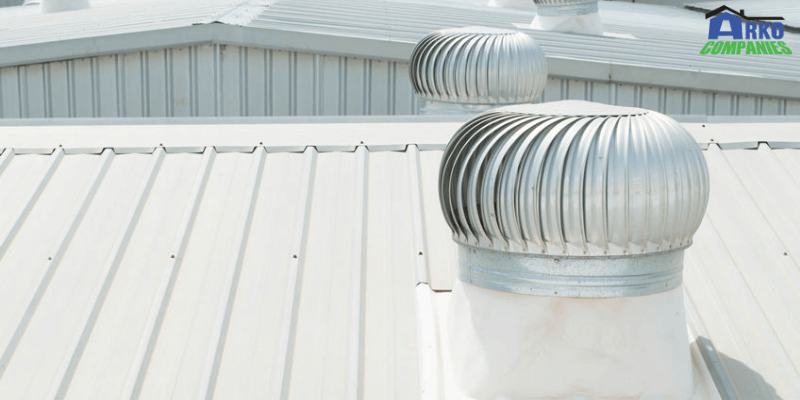Have you been thinking about replacing the roof on your home with a different material? Maybe you’d go with metal this time around? What are some of metal’s advantages and/or drawbacks?
PROS:
Metal is incredibly sturdy. Expect it to last as long as your house does– years and years and years. It effortlessly resists wind, rain and snow storms. It’s impervious to mold, fire, bug invasion and decay.
Most metal rooftops are noncombustible so they are extolled with a Class A fire rating– the safest rating, by the way. Nonetheless, if the metal material is introduced over wood shingles, it will probably have a lower fire rating. Guarantees will differ, yet numerous organizations will ensure their metal material item to last between 20 to 50 years and paint finishes will regularly have a 30-year restricted guarantee.
It’s incredibly lightweight. Metal material is lightweight, particularly when contrasted with tile or different assortments. Regularly, metal material runs from 100 to 150 pounds for each square, contrasted with 750 to 1000 pounds for each square of concrete tile. In the event that you as of now have existing rooftop material introduced, metal material can be typically applied over the other material with no break or additional support included.
It’s rather simple to introduce and will spare energy over the long haul. Metal roofing material comes in 12-to-36 inch boards or different shingle areas. Hence, it is quick and simple to introduce. Metal additionally reflects the sun’s warmth, so it will frequently limit the heat during the most scorching parts of the day. This implies you will probably utilize your cooling less, and at last, spare more energy.
CONS:
The disadvantages of metal roofing material include:
It’s costly. Metal material is expensive, with costs extending from $150 to $600 per 100 square feet.
It’s noisy: The Pacific Northwest, for example, gets noteworthy measures of downpours consistently, which means water will knock on a metal rooftop. Quite a lot. For certain individuals, this is a quieting and calming sound, yet for other people– not really. Clamor can be limited by utilizing materials that use basic structural boundaries that lessen the drumming impact by applying them over protective insulation or strong plywood sheathing.
It’s slippery: It is exceptionally hard to walk or navigate on a metal rooftop in a wet climate or if there has been an algae formation on the roof– it turns slippery!
It imprints noticeably: A metal rooftop can scratch pretty noticeably, particularly if something with huge weight or speed hits it, such as a tree branch or huge hailstones. Note: aluminum and copper material is more inclined to marking than steel, because they are soft to the touch.

